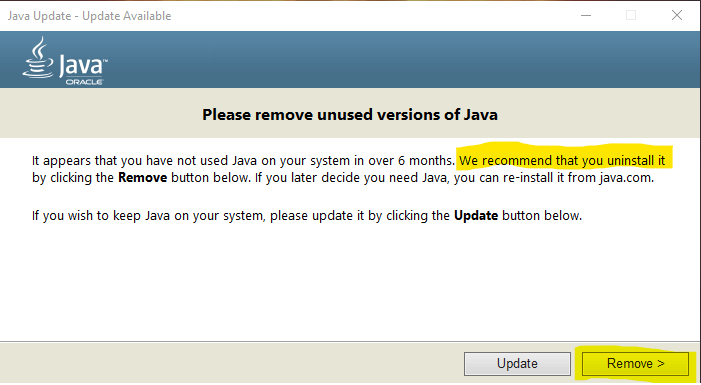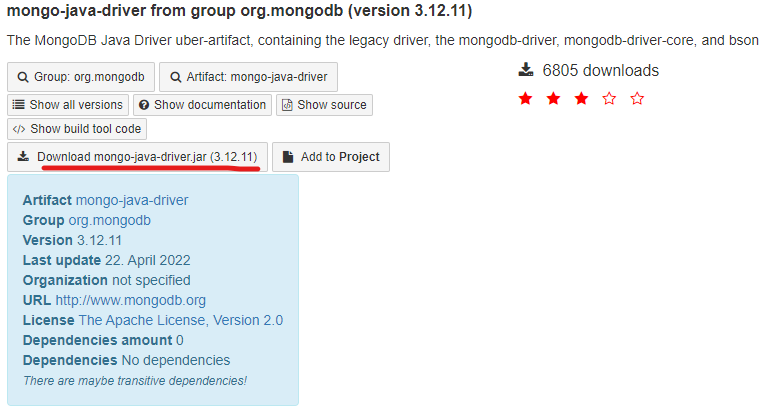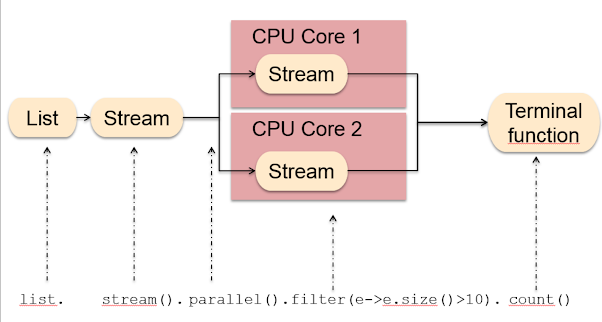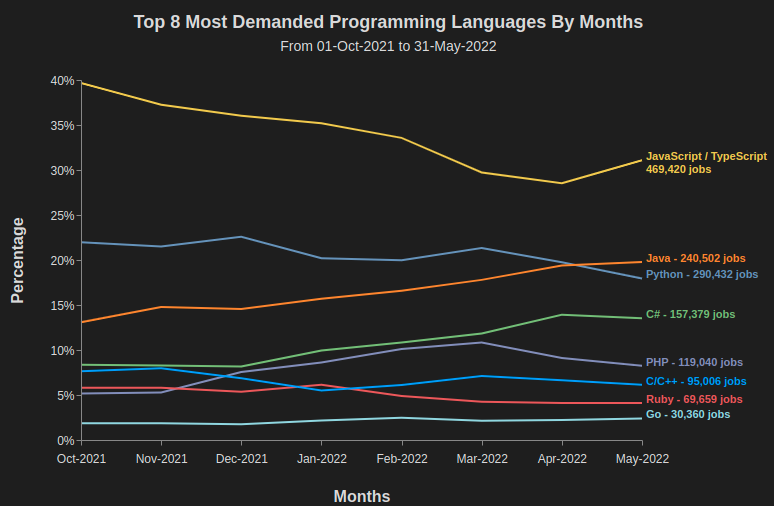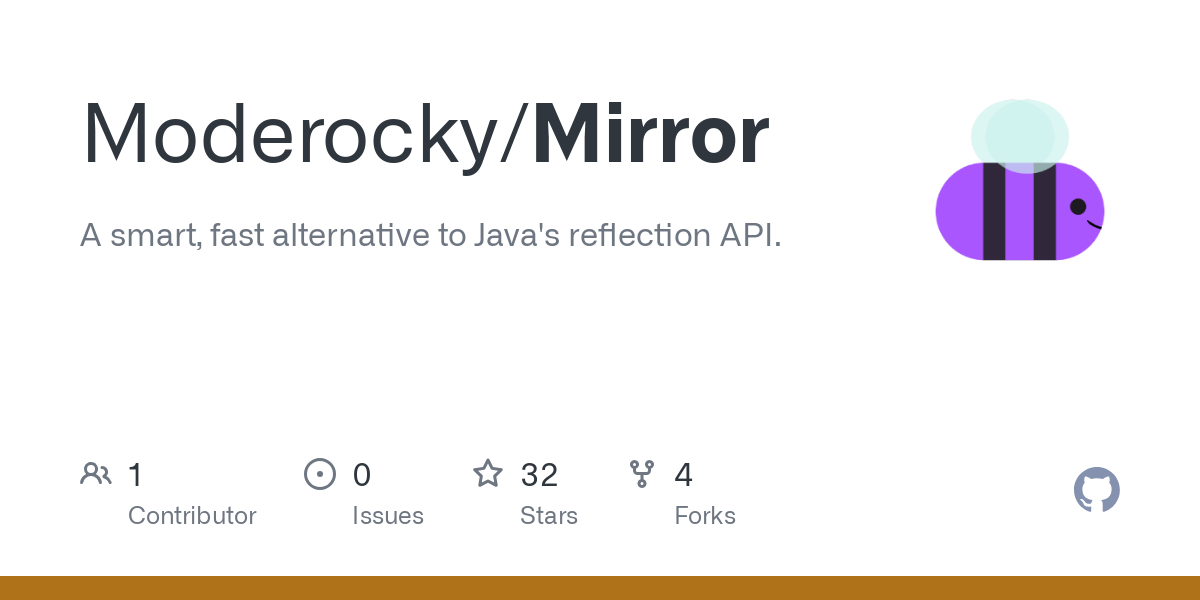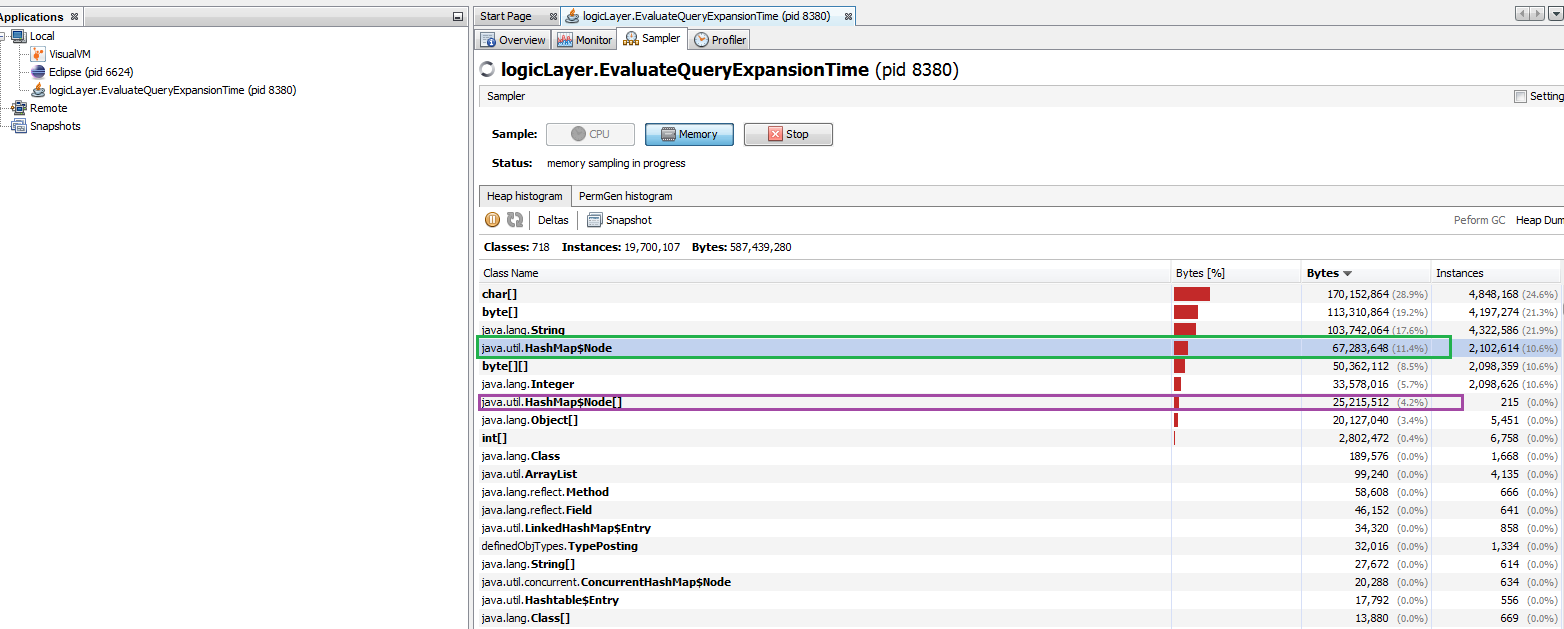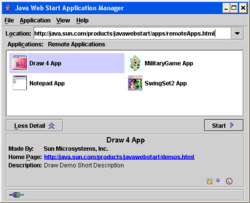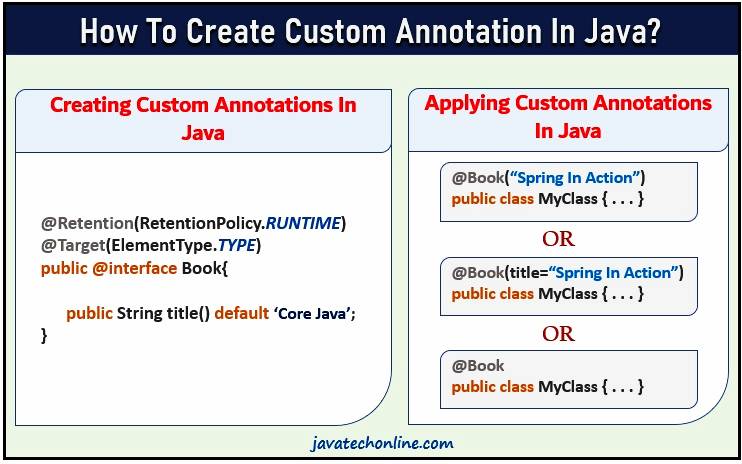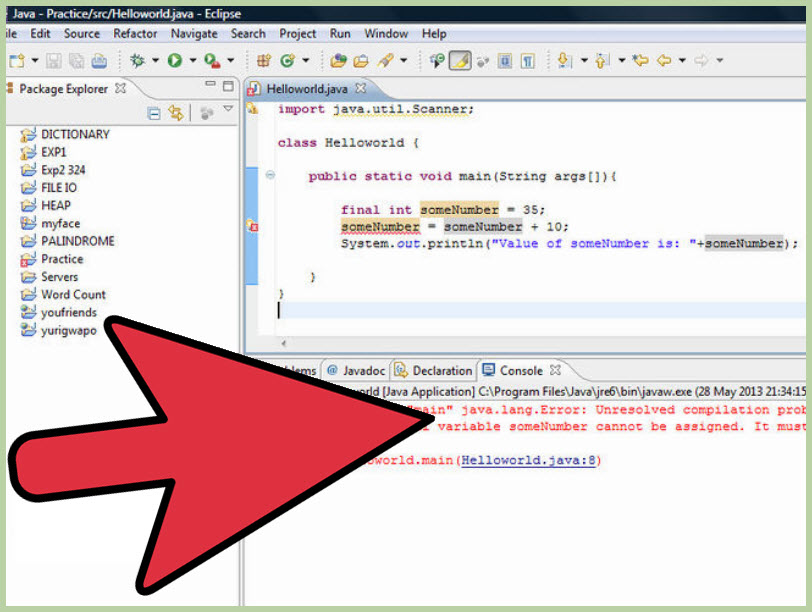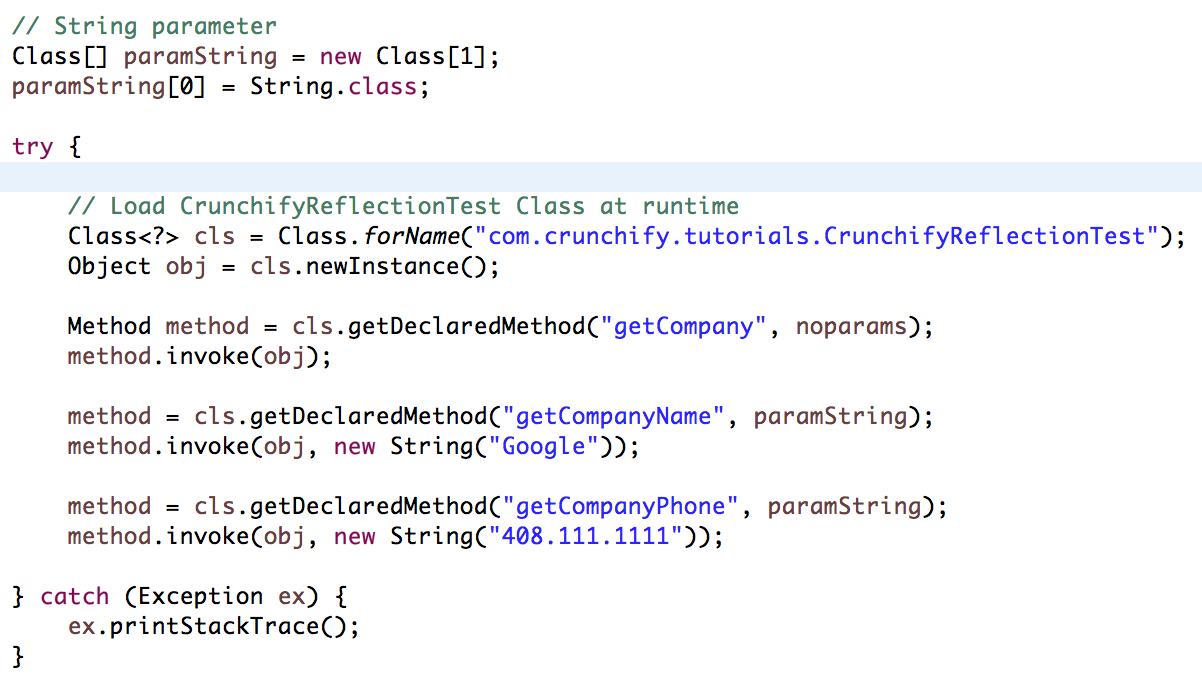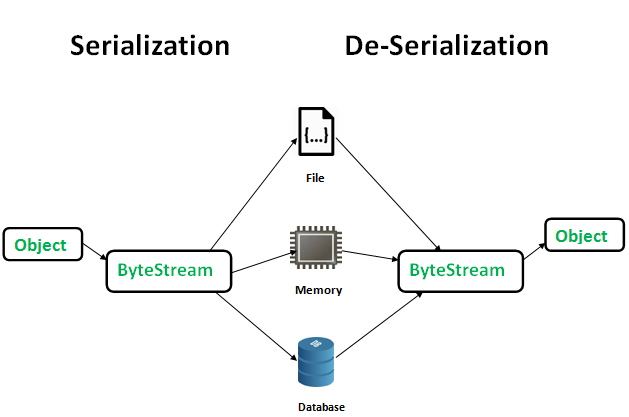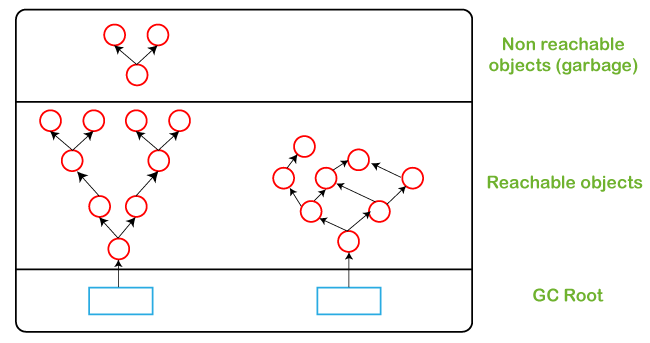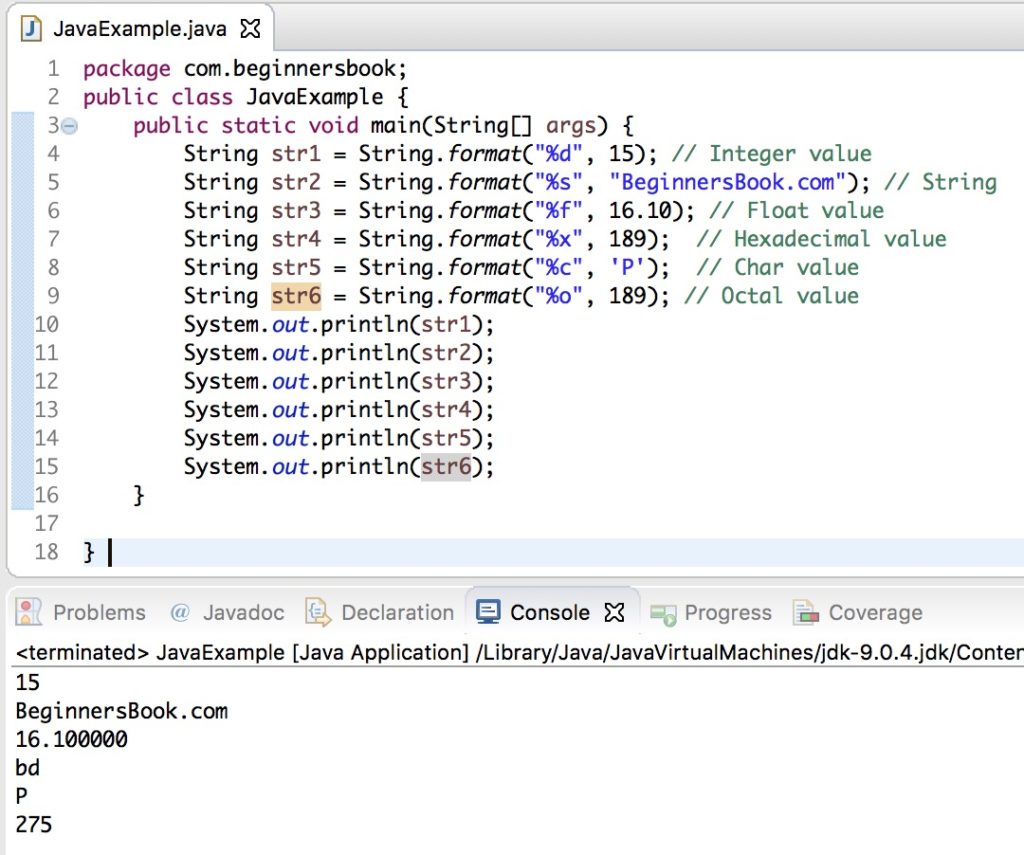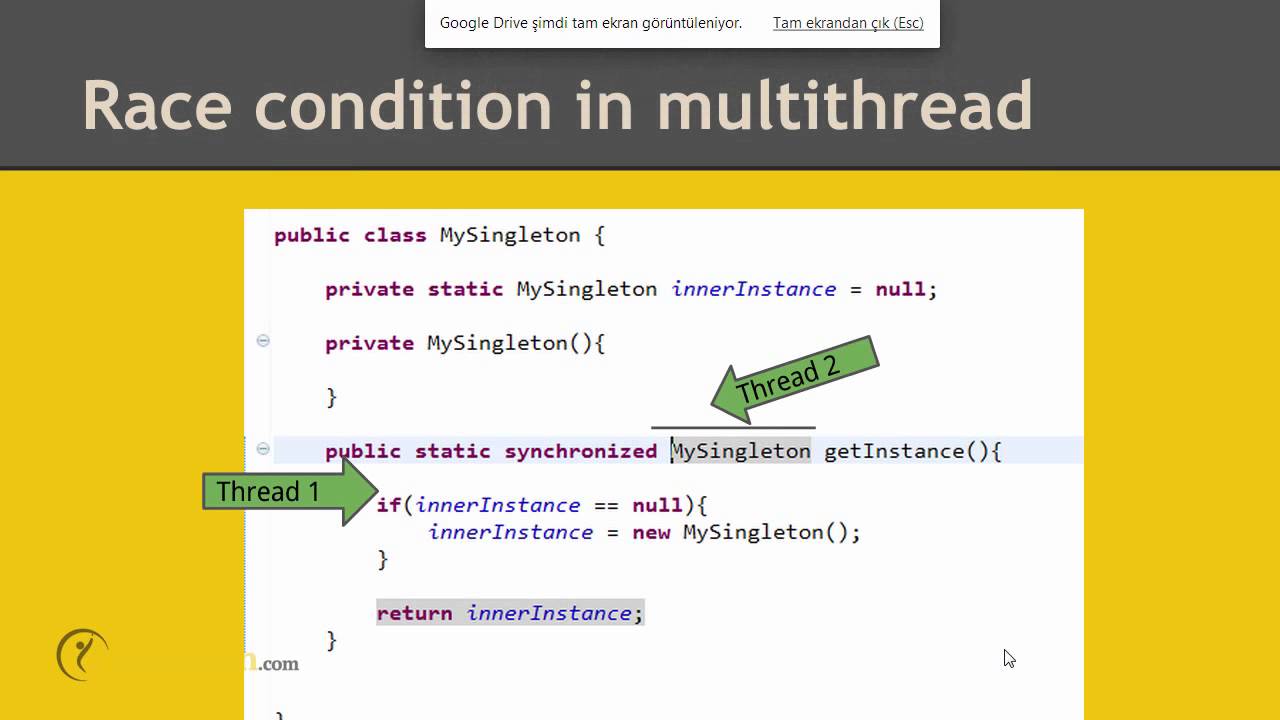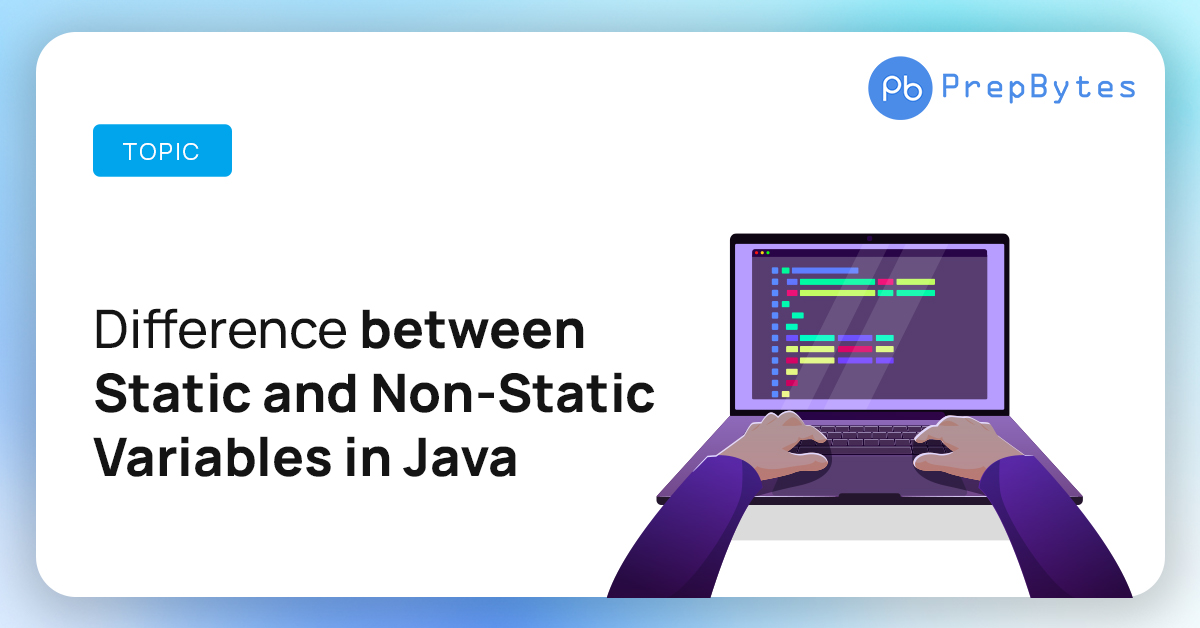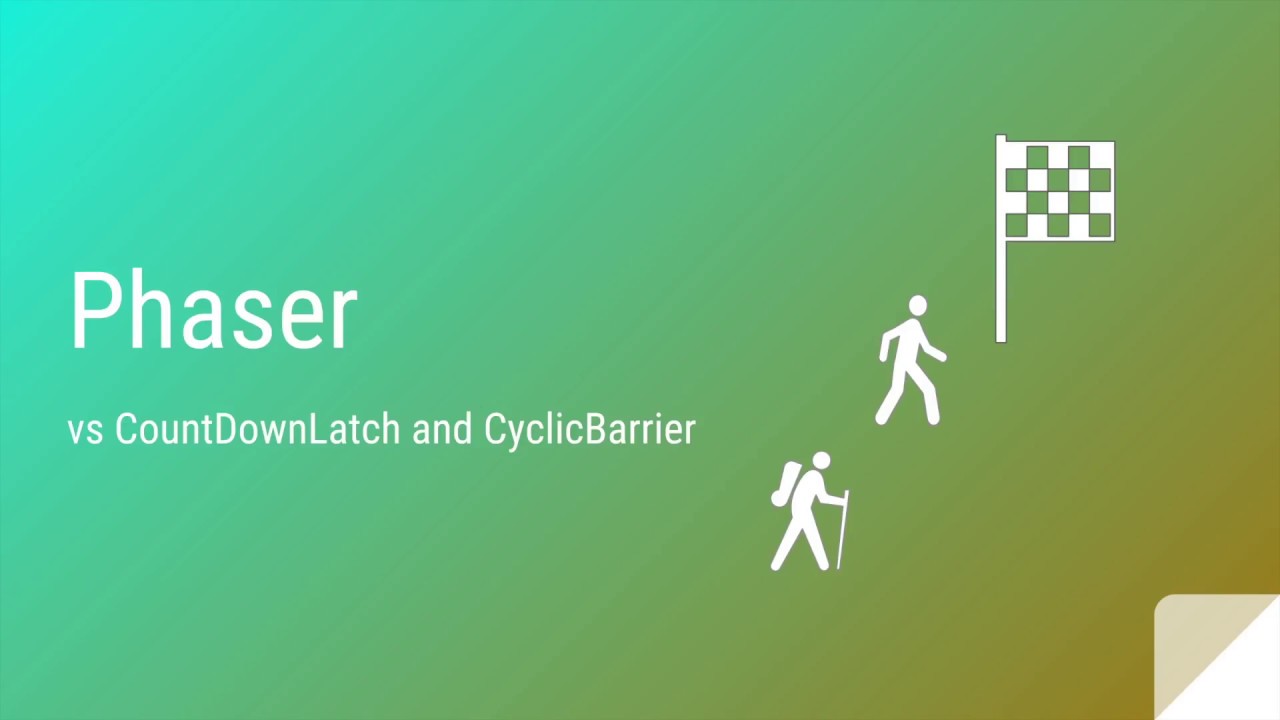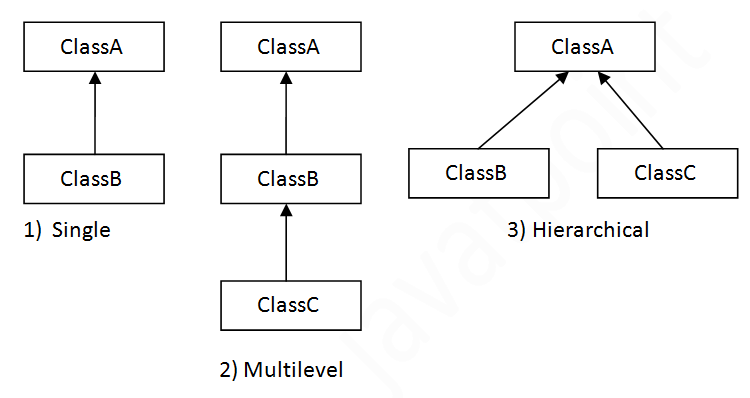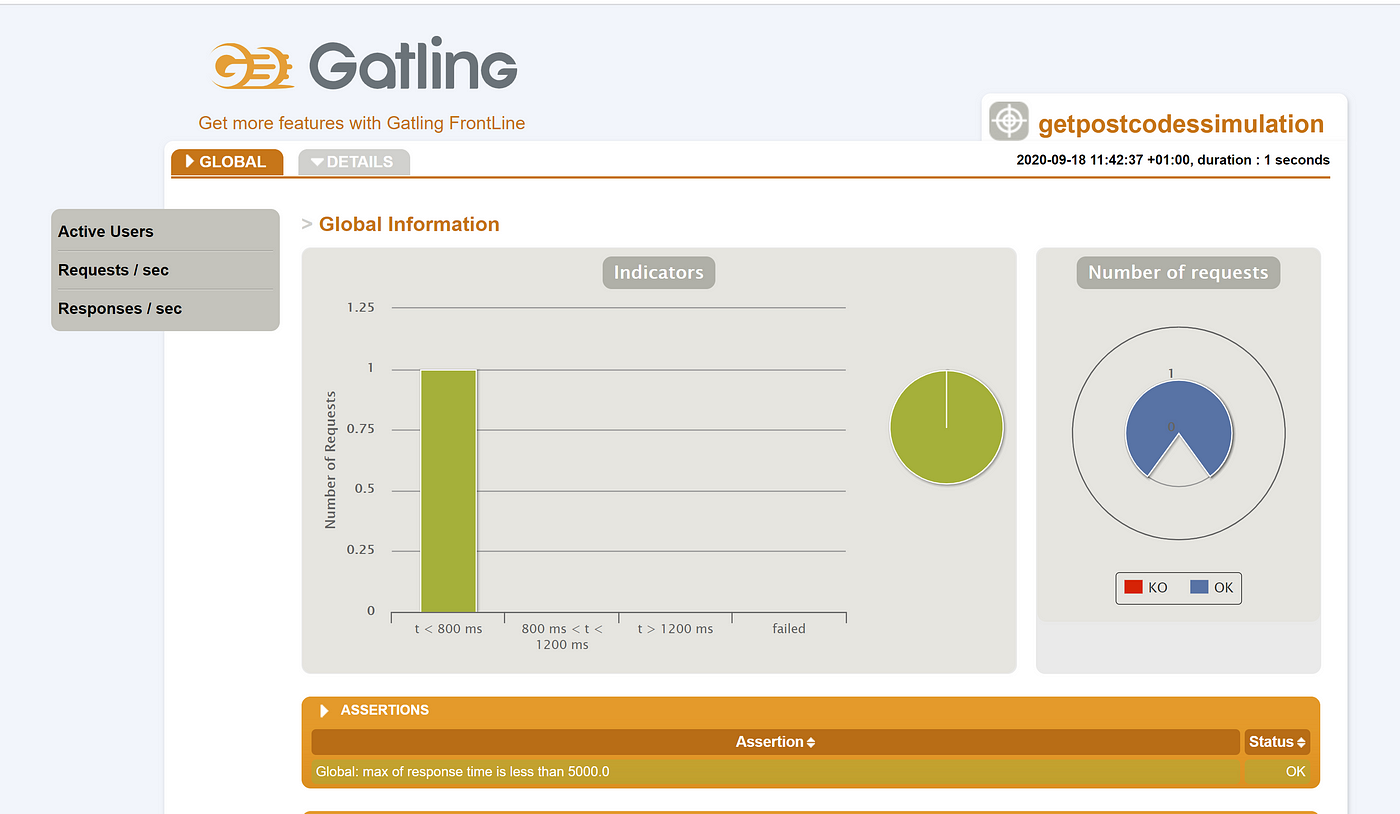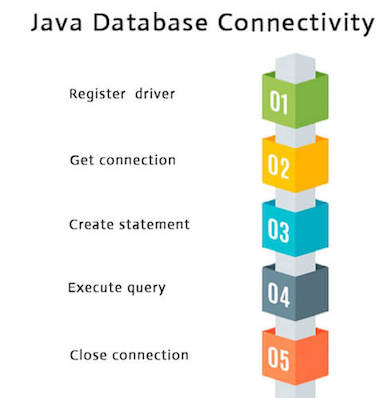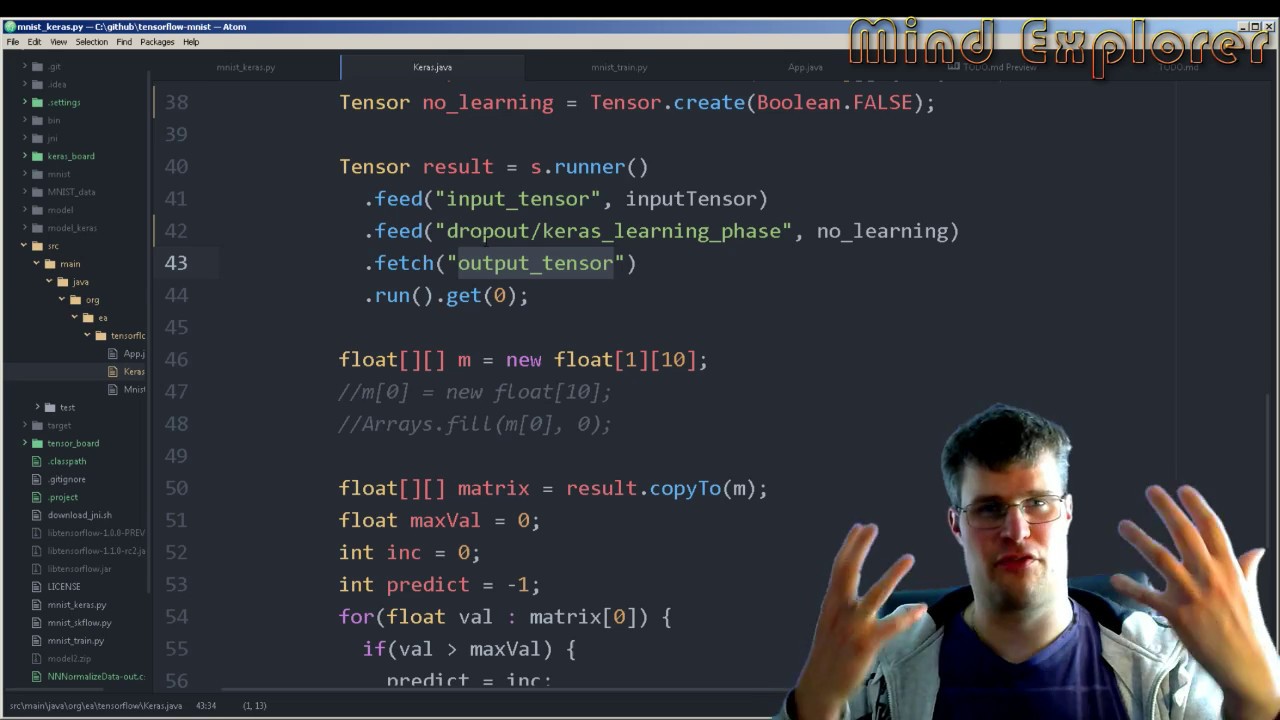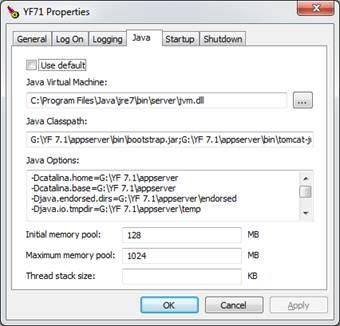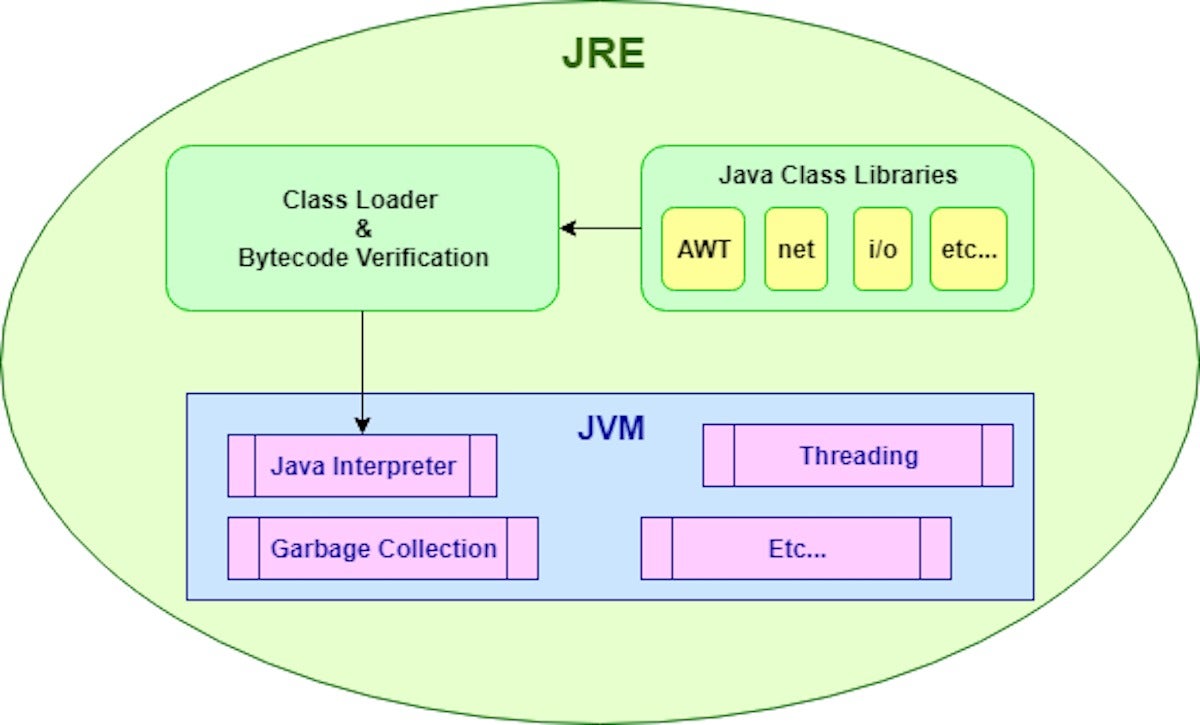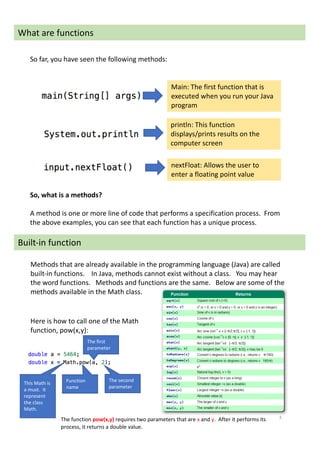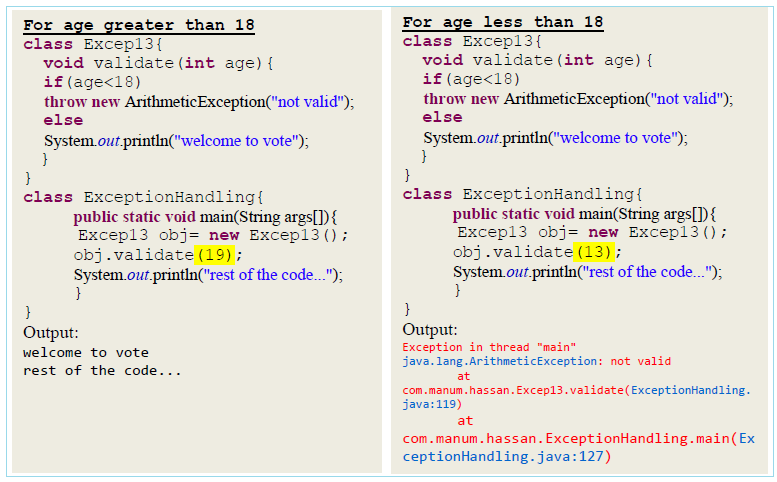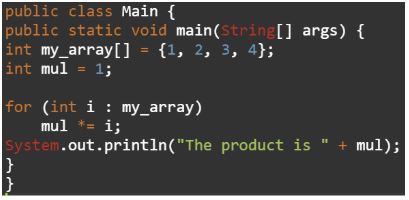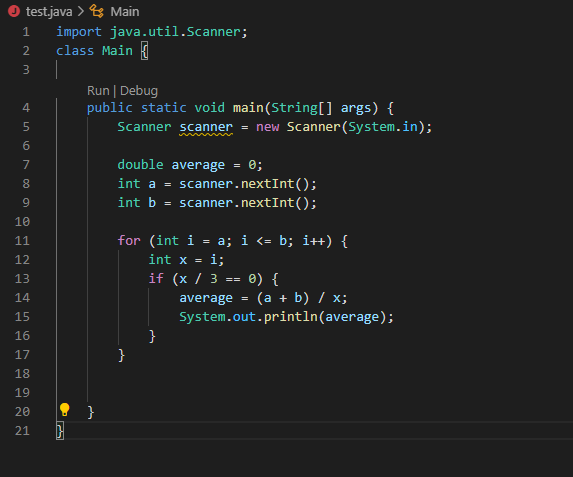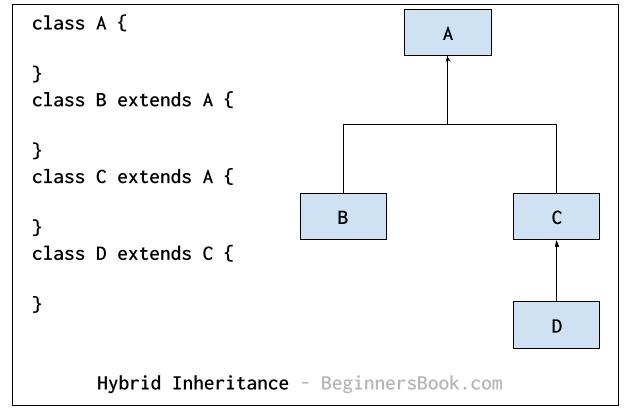Eclipse for Java coding
Eclipse for Java coding
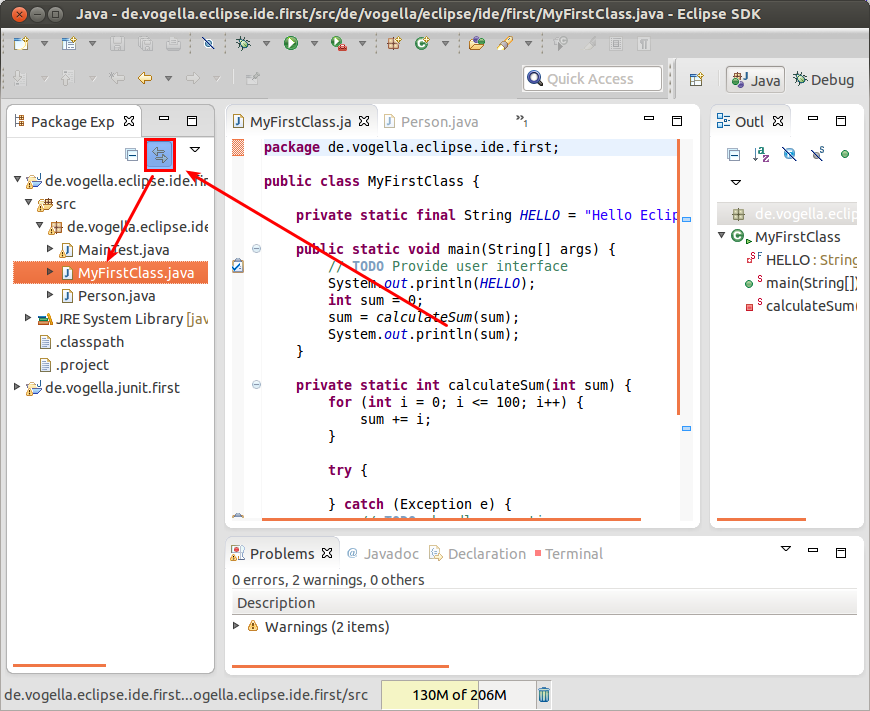
Eclipse is a widely popular Integrated Development Environment (IDE) that provides a comprehensive set of tools for software development, particularly for the Java programming language. As a Java developer, Eclipse offers a robust and feature-rich environment to create, debug, and maintain your Java applications.
Getting Started with Eclipse for Java Coding:
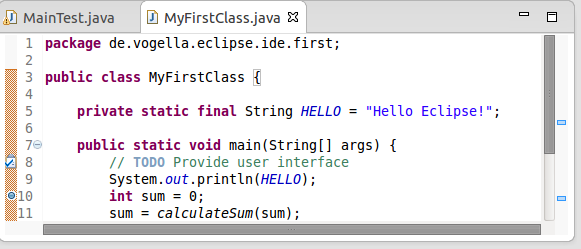
To start using Eclipse for Java coding, follow these steps:
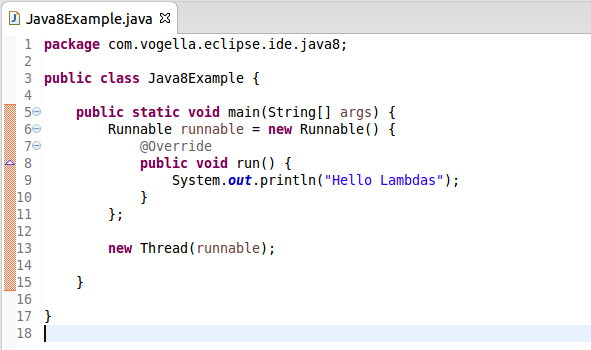
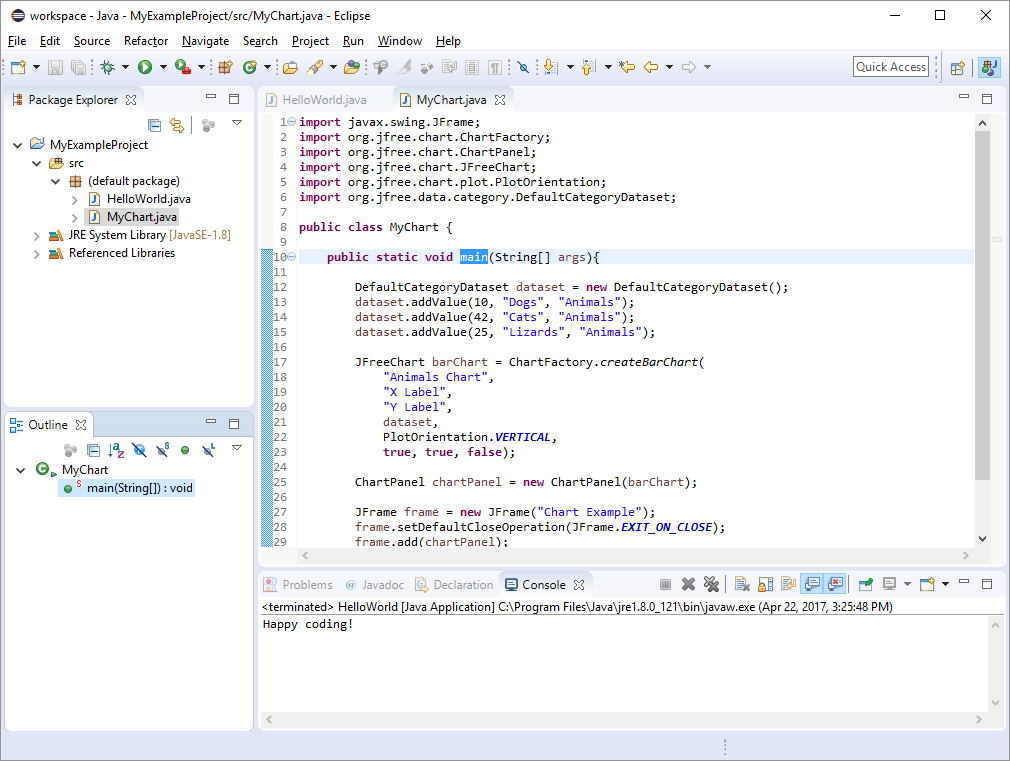
.exe or .zip) to install Eclipse on your machine. Launch Eclipse: Once installed, launch Eclipse by double-clicking the Eclipse icon or running it from the command line. Create a New Java Project: Start a new Java project in Eclipse by selecting "File" > "New" > "Java Project" and providing the necessary project details (e.g., name, location).
Key Features of Eclipse for Java Coding:
Syntax Highlighting: Eclipse provides syntax highlighting for Java code, making it easier to read and understand. Code Completion: With Eclipse's intelligent code completion, you can quickly complete method calls, variable declarations, and other statements. Debugging: Eclipse offers a powerful debugger that allows you to step through your code, set breakpoints, and inspect variables and expressions. Project Explorer: The Project Explorer provides a graphical representation of your project structure, making it easy to navigate and manage your files and folders. Build Automation: Eclipse integrates seamlessly with build tools like Maven and Gradle, allowing you to automate the building and packaging of your Java projects.Eclipse Extensions (Plug-ins):
One of the most significant advantages of using Eclipse is its extensive library of extensions (plug-ins) that can enhance the IDE's functionality. Some popular plug-ins for Java development include:
Maven Integration: Eclipse's Maven integration enables you to manage and build Maven-based projects seamlessly. Gradle Integration: The Gradle plugin allows you to work with Gradle-based projects directly within Eclipse. JUnit Test Runner: This plug-in provides a comprehensive JUnit test runner, making it easy to write and run unit tests for your Java applications.Best Practices for Using Eclipse for Java Coding:
** Familiarize yourself with the Eclipse UI**: Take time to explore the Eclipse interface, including the menus, toolbar, and views. Use code templates and snippets: Eclipse's code templates and snippets can help you write more efficient and readable code. Utilize the Quick Fix feature: When encountering errors or warnings, use Eclipse's Quick Fix feature to resolve issues quickly and efficiently.Conclusion:
Eclipse is an incredibly powerful and flexible IDE for Java development, offering a wide range of features and plug-ins to enhance your coding experience. By following best practices and leveraging Eclipse's capabilities, you can streamline your workflow, improve code quality, and increase productivity.
Java Eclipse IDE
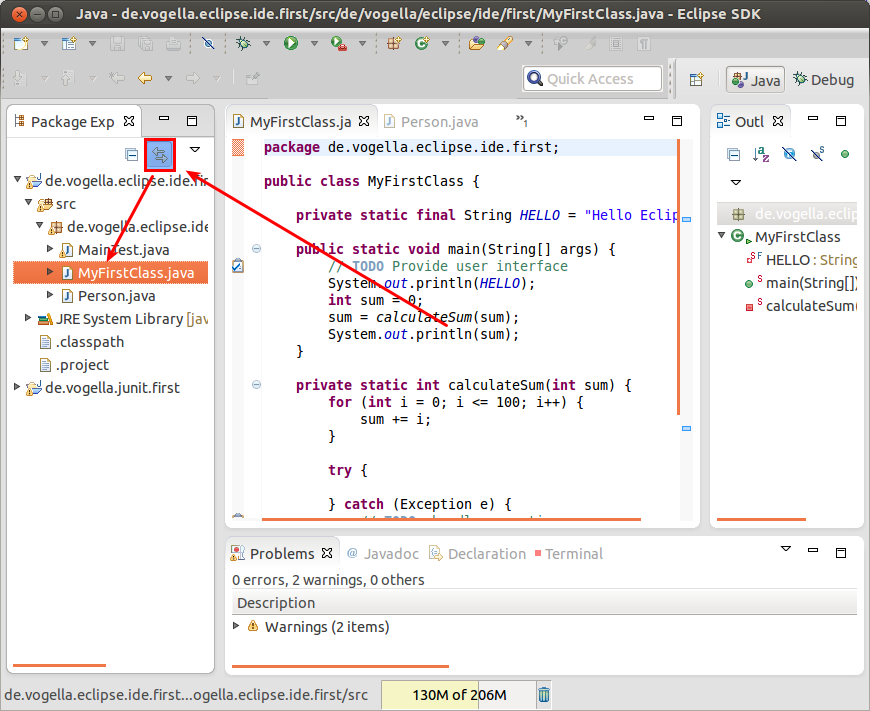
I'm happy to respond in English! Here's a detailed description of the Java Eclipse IDE:
What is Eclipse?
Eclipse is an open-source integrated development environment (IDE) that supports programming languages such as Java, Python, C++, and many more. It was created by IBM and is now maintained by the Eclipse Foundation.
Features of Java Eclipse IDE:
Code Editor: The code editor in Eclipse provides features like syntax highlighting, code completion, code refactoring, and debugging. Project Explorer: This feature allows you to manage your projects, including creating new folders, moving files around, and deleting unnecessary items. Debugging: Eclipse has a powerful debugger that lets you step through your code, inspect variables, and set breakpoints. Build Automation: Eclipse supports automated builds using tools like Ant or Maven, which makes it easy to integrate with other development tools. Version Control System Integration: Eclipse integrates seamlessly with popular version control systems like Git, Subversion, and CVS. Multi-Language Support: Eclipse can handle multiple programming languages at once, making it a great choice for developers who work on diverse projects.How to Install Java Eclipse IDE:
Download the Eclipse installer from the official website (www.eclipse.org). Run the installer and choose the desired package (e.g., "Eclipse IDE for Java Developers"). Follow the installation prompts to install Eclipse. Once installed, you can launch Eclipse by running the executable file.Tips for Using Java Eclipse IDE:
Learn the Key Shortcuts: Familiarize yourself with the built-in shortcuts in Eclipse, which will speed up your workflow and increase productivity. Configure Your Workspace: Set up your workspace to fit your needs, including customizing the layout, creating new folders, and setting preferences. Take Advantage of Plugins: Eclipse has a vast array of plugins available that can enhance your development experience, such as debugging tools, code analyzers, or even games (yes, games!). Explore the Documentation: Eclipse comes with extensive documentation on its features, tutorials, and user guides to help you get started. Participate in the Community: Join online forums, attend conferences, or contribute to open-source projects to connect with fellow developers and learn from their experiences.Conclusion:
Java Eclipse IDE is a powerful development environment that offers many benefits for Java developers. With its robust set of features, ease of use, and vast array of plugins available, Eclipse is an excellent choice for those looking to create innovative applications using the Java programming language.
I hope this information has been helpful! If you have any more questions or need further clarification on any points I've mentioned, feel free to ask.
